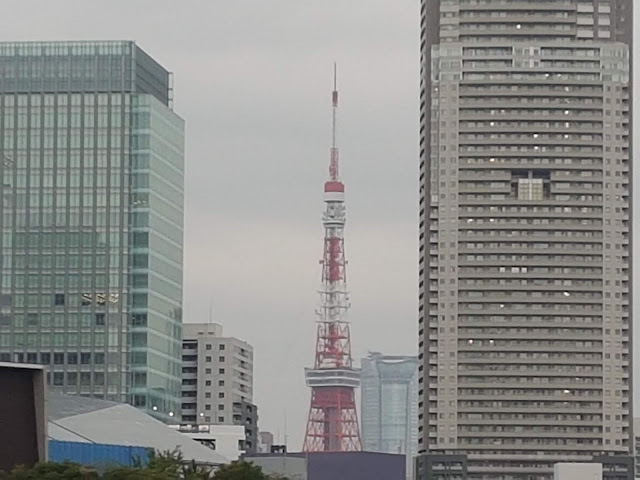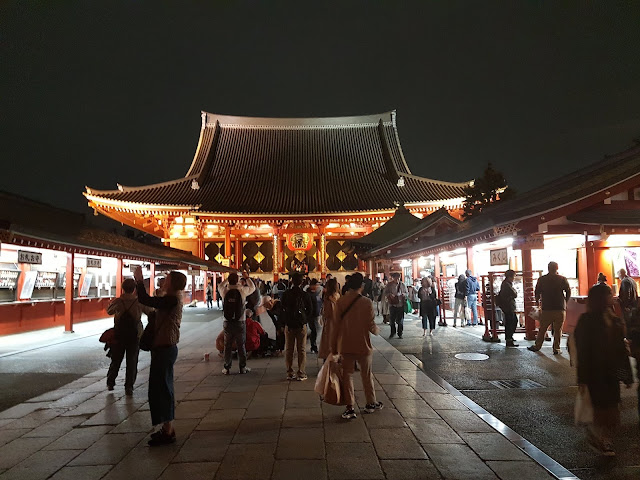Today we have devoted the day to the conquest of the Great Wall of China. As the existing wall is about 8000 kms we decided to restrict our efforts to the Mutianyu section. This is located about 70 kms northeast of Beijing and is considered the best preserved part. Started in the C6 I reckon this part has been continuously preserved ever since. In fact there were workmen on it as we walked the wall. Built to defend the Capital and Imperial Palace tombs from any invaders from the north.
The Mutianyu section of the Great Wall has the largest construction scale and best quality amongst all the surviving sections of the Great Wall. It became a UNESCO World Heritage Site in 1987. In 1992 Mutianyu was rated best tourist spot in Beijing. Below is the map of the part that we are tackling today.
The Mutianyu section of the Great Wall has the largest construction scale and best quality amongst all the surviving sections of the Great Wall. It became a UNESCO World Heritage Site in 1987. In 1992 Mutianyu was rated best tourist spot in Beijing. Below is the map of the part that we are tackling today.
We had to get up at 5.30am for a 6.30 breakfast and despite, or maybe because the cook had also to get up an hour early, the breakfast was still cold. We then walked down to the end of our hutong to rendezvous with the minibus which took us all of 400 ms to where our bus turned up. The journey was about an hour and a half with the last half hour taken up with a lecture on (I think), the Great Wall of China, by Toni our Chinese guide. He explained that the walk was lengthy and arduous. Only the strongest should attempt to get up to the 21st watchtower. Well that sounded like a challenge.
The picture below is not mine, but a download. You can see the weather is a lot clearer. This was taken from the 13th watchtower and shows rather nicely the whole length of our walk. The 21st watchtower is on the horizon, expand the picture to follow the wall to the top.
Toni explained that there are two ways up to the wall, by cablecar or walking and three ways down. Two as up plus a dry slope tobbogan. As you can see we ascended via the cablecar. Notice how forested the area is with lovely autumnal colours in early November.
The 13th watchtower from the cablecar. It is still pretty misty but not much after 9am. We were supposed to get back here and down to the restaurant by 12.30 when lunch would be served.
At the real start up on the wall and Helen posing next to the accolades. Despite what Toni had said, little did she realise the demands that she would face.
Another misty picture from early on but it looks worse than what we experienced. The vast majority of our fellow walkers were Chinese tourists. Our own party consisted of about twenty from Europe and America. Several only made it to the first watchtower.
The camera does tend to level out what are quite steep gradients and you have to look carefully to appreciate the number of flights of steps.
Helen kept saying to me from watchtower number 17, "Shall we just do one more watchtower?" To which the answer was "OK". So we trudged on. Around watchtower number 19 she had teamed up with a young group of three girls and one boy from Switzerland. The girls more or less decided that Helen was going to make the top. From 20 to 21 the gradient was 50 degrees with a 70 degree staircase ramp as a sting in the tail. Here we are looking up to the final assault. As you can see there are little stopping, resting walls on alternate sides of the steps.
Those girls really worked wonders for Helen on that last pitch and she really busted a gut in her determination to reach that summit. I was running on reserve tank as you can see in my face and our Swiss friends went on up to welcome us to the top.
As we made it, there was cheering and applause from everyone on the top. Bouyed by the enthusiasm of all the youngsters at the top Helen felt a very real sense of achievement. This is the part that I described as the sting in the tail and we have climbed down again. Look at the couple above us to get some idea of the angle.
This is the end of the part that the public can walk on, but of course someone always has to go further. There was a guy who had a makeshift stall about 20ms higher and had set up a fake border crossing where for a small fee he would snap you on your phone. There was also a fella who had carried a crate of beers up which you could buy at highly inflated prices. What a way to make a living.
A kind Chinese couple took this nice photo of us with the wall stretched away in the background. What appear to be flag poles on the watchtowers are in fact lightning conductors. It was about here that we met up again with some others off our coach. It transpired that besides us only three others actually made it to watchtower 21. Well, youth of today!
It's a fallacy that the Great Wall of China is the only man made object that can be seen from space. It depends what you mean by space I suppose, maybe outside the earth's atmosphere. Anyway you can see the light from cities but you can't see the wall. What we did see amongst the many Chinese was a stream of fell runners from Cumbria. As they were wearing vests and numbers I assume it was a competition but I didn't stop them to ask. I bet they didn't use the cablecar. Not surprisingly we were a little late back for lunch but the lunch was good. We all sat around a large circular table with a lazy Susan in the middle on which was a great variety of meals. After lunch it was bus back to Beijing and we arrived at the hotel again at about 3.30.




















































